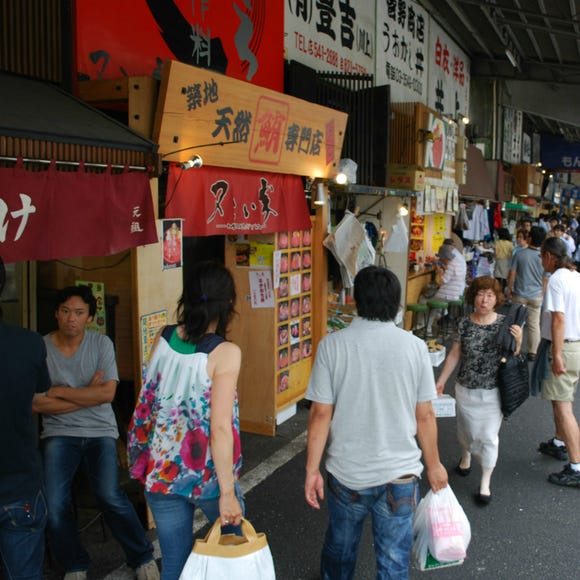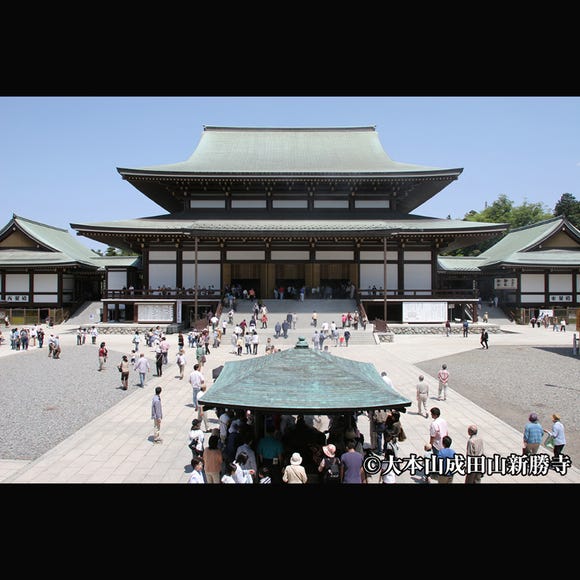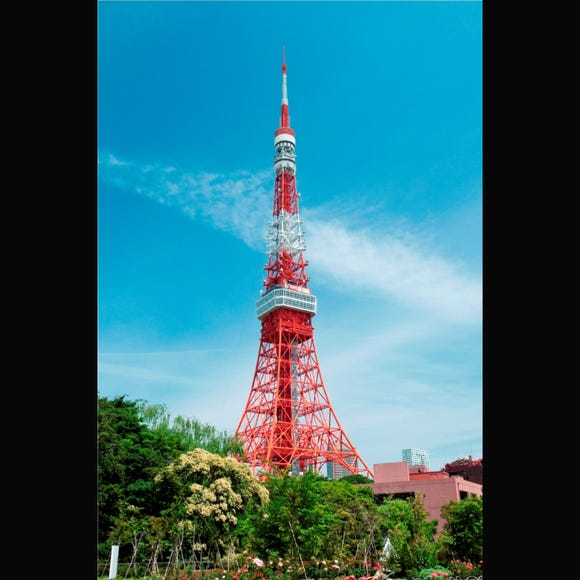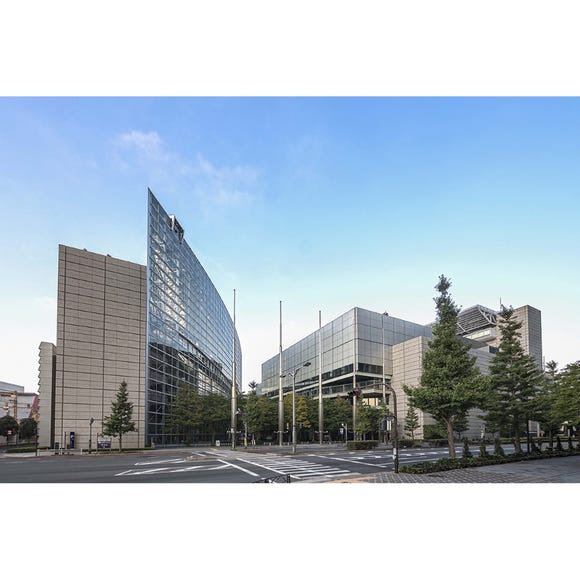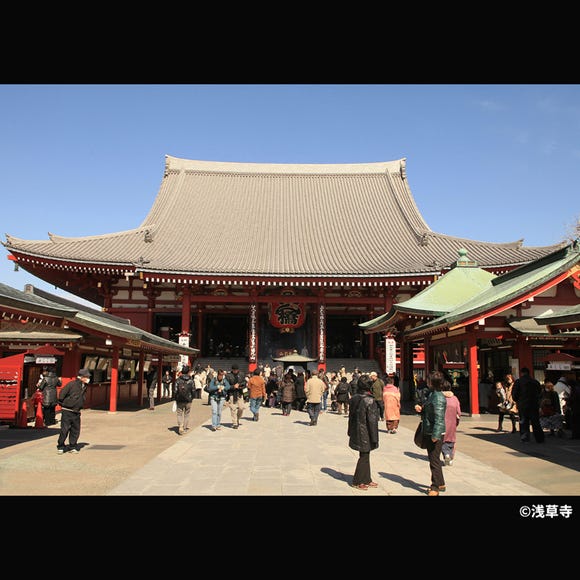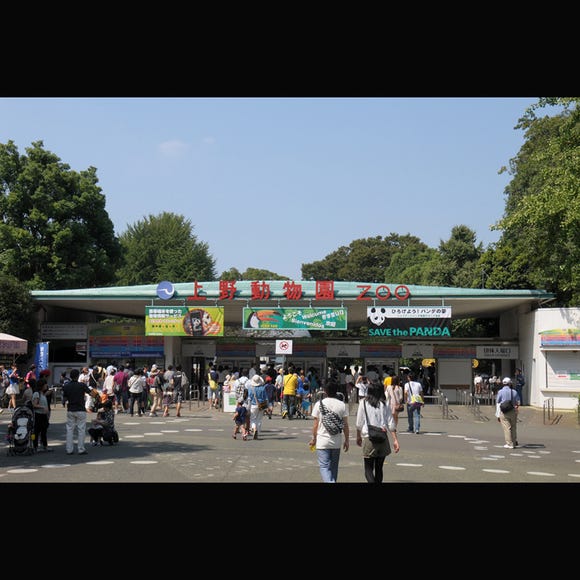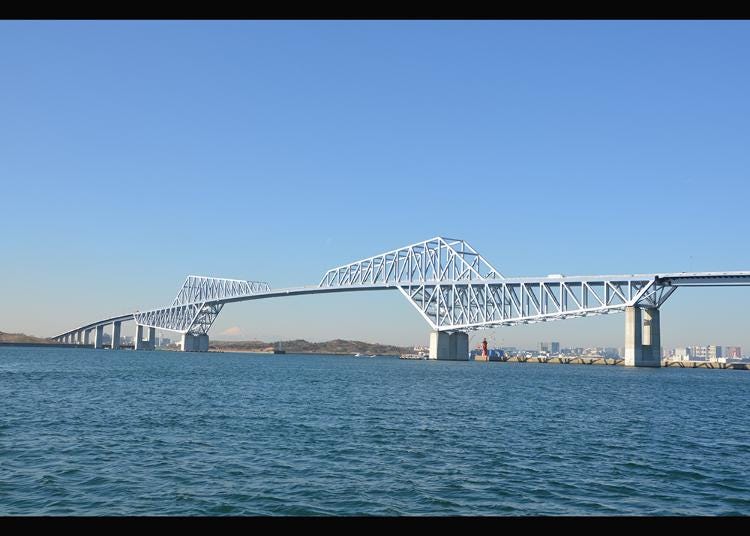
Here are the best Landmarks in Ningyocho / Monzen-Nakacho / Kasai, with travel tips and more, according to LIVE JAPAN, a top-class travel website for visitors to Japan. Our ranking is based on the most popular pages viewed by foreign visitors in a given category. For instance, Ryogoku Bridge, Tokyo Gate Bridge, Eitaibashi Bridge and other related spots will be listed. Be sure to check them out during your visit to Ningyocho / Monzen-Nakacho / Kasai!
No.1:Ryogoku Bridge

The Sumida River is the most famous river in Tokyo. At the mouth of the river, there is a pier with the Ryogoku of water-bus stop from where you can enjoy cruises. The Ryogoku Bridge is built over the Sumida River between the Shin-Ohashi Bridge and the Kuramae Bridge. You can see the bridge in many Ukiyoe pictures of the artist Hiroshige Utagawa from the end of the Edo period such as ”Ryogoku Bridge and the Great Riverbank (No. 59)” of his compilation work ”One Hundred Famous Views of Edo”. The bridge was built after the ”Great Fire of Meireki” of 1657. At that time, there was only one bridge over the Sumida River and many people died by the fire because of this. Learning from the event, the Bridge was made. The original bridge was located at slightly slightly more downstream than the present one. At both sides of the Bridge, fire evacuation spaces were established and the area near the Bridge became the busiest amusement quarter in Edo where firework displays were organized in summer which appealed to the masses. The sacred place of Sumo wrestling, the Ryogoku Kokugikan Sumo Arena is a 5-minute walk from the Bridge. There are also many other sightseeing spots like Eko-in Temple and Edo-Tokyo Museum in the Ryogoku area where the Bridge is located.
-
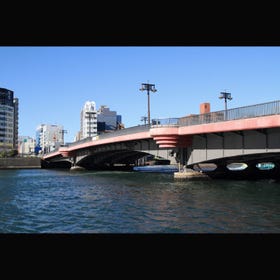
-
Address
2, Higashinihonbashi, Chuo-ku, Tokyo, 103-0004
View Map -
Nearest Station
Higashi-Nihombashi Station (Toei Asakusa Line)
-
Address
2, Higashinihonbashi, Chuo-ku, Tokyo, 103-0004
No.2:Tokyo Gate Bridge
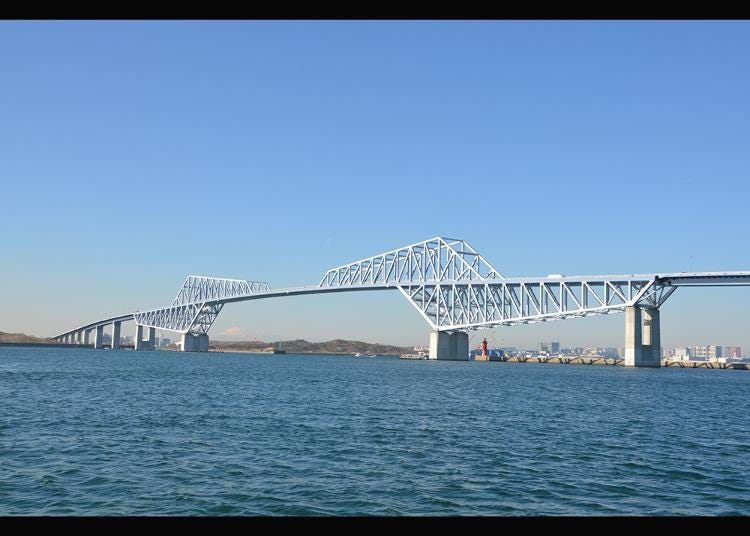
This bridge links Wakasu in the Koto Ward and the landfill on the outer side of the central breakwater. It was developed to shorten transportation time to the Tokyo Port by making transit smoother for the growing number of logistic vehicles. This bridge has a unique form because it stands very close to the Haneda Airport; there were limitations imposed on the height of the construction for the safety of the aircrafts, yet there was also the need to have enough bridge clearance for the safety of sailing vessels. For these reasons, a truss structure was adopted because it does not require tall, main towers, as in the case for a suspension bridge. This structure demonstrates excellent stability and durability because the bridge can handle over 32,000 logistic vehicles a day. Also, the height from the ocean surface to the top of the bridge is equivalent to that of a 25-story building. It has a pedestrian road on one side (the port side) of the bridge, between Wakasu and the landfill on the outer side of the central breakwater, so you can enjoy majestic views from central Tokyo to Mt. Fuji.
-
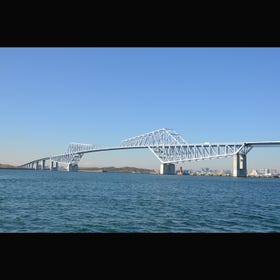
-
Address
Wakasu, Koutou-ku, Tokyo - Chuobohatei outside reclaimed land, 136-0083
View Map -
Nearest Station
Shin-Kiba Station (JR Keiyo Line / Tokyo Metro Yurakucho Line / Rinkai Line)
- Phone Number 03-5442-2282
-
Address
Wakasu, Koutou-ku, Tokyo - Chuobohatei outside reclaimed land, 136-0083
No.3:Eitai-bashi Bridge
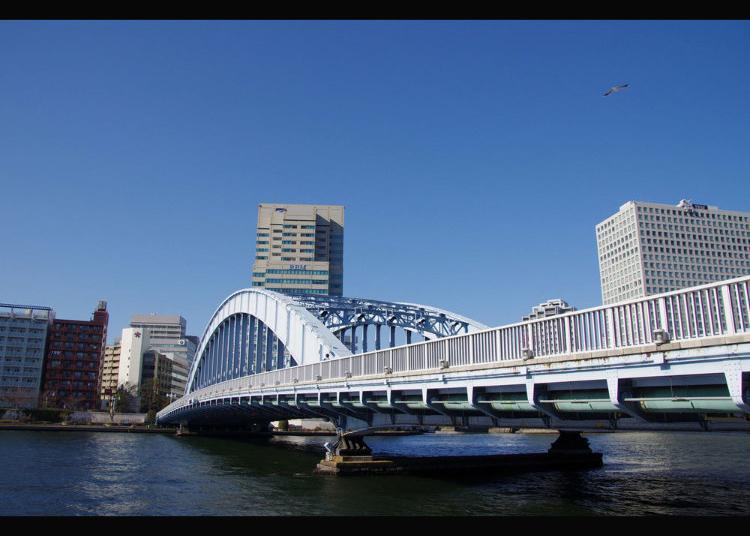
The Eitaibashi Bridge spans the Sumida River, connecting Fukagawa with Nihonbashi. It is said to have been constructed in 1696 for the 50th birthday of Tsunayoshi Tokugawa, fifth shogun of the Edo Shogunate. It was originally located further upstream; the current bridge was built in 1926 as part of reconstruction after the 1923 Great Kanto Earthquake. The tied-arch bridge imitates the design of the Ludendorff Bridge that once spanned the Rhine River in Germany. There is a muscular beauty in the design, contrasting with feminine curves of the Kiyosu-bashi Bridge. Eitaibashi and Kiyosubashi were the first two bridges built on the Sumida River, respectively.
-
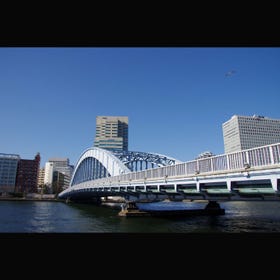
-
Address
1, Eitai, Koutou-ku, Tokyo, 135-0034
View Map -
Nearest Station
Monzen-Nakacho Station (Tokyo Metro Tozai Line / Toei Oedo Line)
10 minutes on foot
-
Address
1, Eitai, Koutou-ku, Tokyo, 135-0034
No.4:Sumidagawa Ohashi Bridge

This double-decked bridge was completed in 1979. It carries traffic from Metropolitan Expressway Route 9 on the upper deck, and has a general road with sidewalk on the lower deck. It is located midway between the Eitaibashi and Kiyosu-bashi bridges. The bridge is a three-span continuous structural-steel box girder, with an eight-meter overhang on the lower deck; the upper deck is integrated with the bridge pier. The lower deck is equipped with an evacuation route, and its sidewalk is wide enough for pedestrians to comfortably view the Eitaibashi and Kiyosu-bashi bridges. Night views, especially in the direction of Eitaibashi, are magnificent. Near the bridge (north) is Suitengu, a famous shrine devoted to safe childbirth.
-
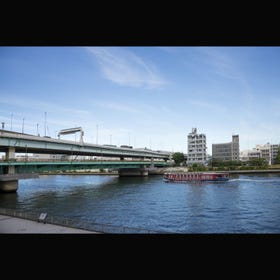
-
Address
Nihonbashihakozakicho, Chuo-ku, Tokyo, 103-0015
View Map -
Nearest Station
Suitengumae Station (Tokyo Metro Hanzomon Line)
15 minutes on foot
-
Address
Nihonbashihakozakicho, Chuo-ku, Tokyo, 103-0015
No.5:Kiyosu-bashi Bridge
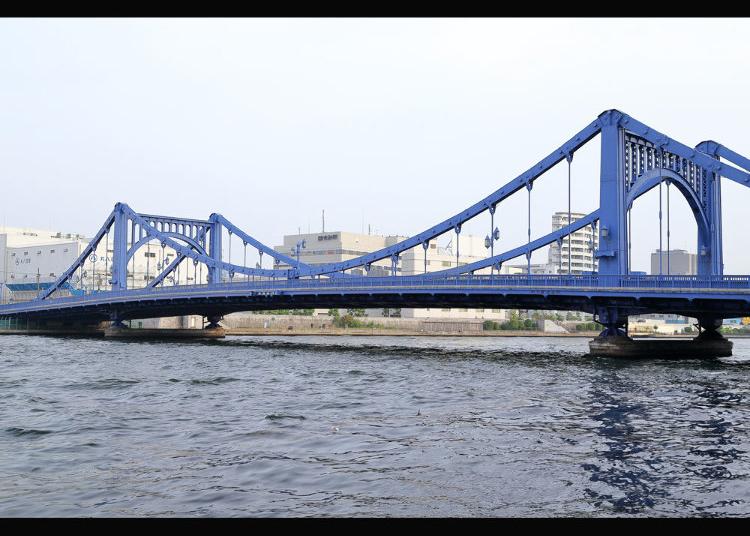
Kiyosu Bridge has been praised as the most beautiful of all bridges on the Sumida River. Modeled after a bridge over the Rhine in Cologne, Germany, it was completed in March 1928 following the Great Kanto Earthquake. In contrast to the muscular Eitai Bridge, this self-anchored suspension bridge has an elegant, feminine appearance. Illuminated In the evening, it has a beautiful, feminine form. The bridge connects Kiyosumicho in Fukagawa with Nihonbashi-nakasucho; its name is made of one kanji from each. Along with the Eitai and Kachidoki bridges, this one was designated an Important Cultural Property in June 2007.
-
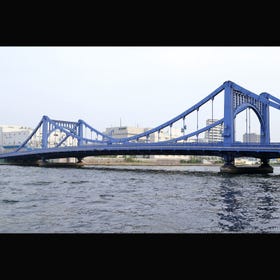
-
Address
Nihonbashinakasu, Chuo-ku, Tokyo, 103-0008
View Map -
Nearest Station
Kiyosumi-Shirakawa Station (Tokyo Metro Hanzomon Line / Toei Oedo Line)
7 minutes on foot
-
Address
Nihonbashinakasu, Chuo-ku, Tokyo, 103-0008
- Area
- Category
*Prices and options mentioned are subject to change.
*Unless stated otherwise, all prices include tax.
Limited time offer: 10% discount coupons available now!
Recommended places for you
-

Discover Osaka Station City: A Journey Through Its Most Fascinating Spots
-

Professional Photos Even Beginners Can Shoot! 10 Tips for Taking Stunning Cherry Blossom Photos
-

12 Unique & Fun Tokyo Food Tours to Enjoy in 2024
-

Where to Eat in Shibuya: 14 Must-Try Restaurants for Yakiniku, Sushi, Izakayas, Cafes and More
-

15 Must-Try Sushi Restaurants in Tokyo (+5 Trending Areas to Explore for Foodies)
-

The CASIO S100: How CASIO's Masterpiece Calculator Redefines Business Elegance With Japan-Made Reliability
-
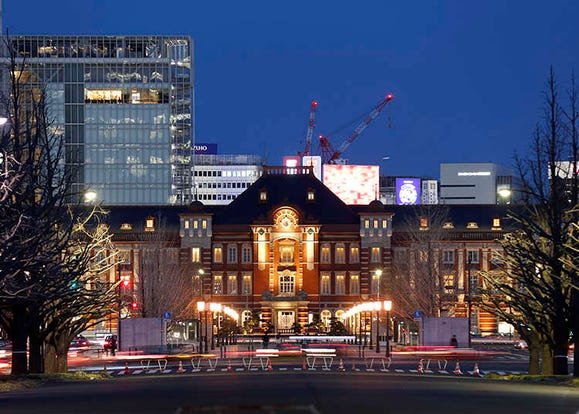
The Amazing Art and Architecture of Japan's Tokyo Station
-
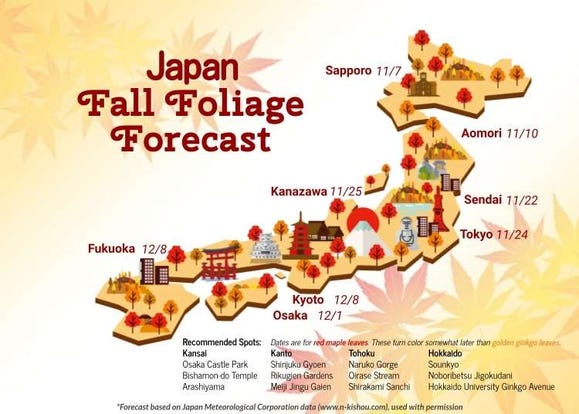
Autumn in Japan 2024: Fall Foliage Forecast & Where to Enjoy the Colorful Leaves (+Tour Info)
-

Tokyo Tower vs. Tokyo Skytree: Spice Up Your Sightseeing Adventure with Fun Trivia!
-
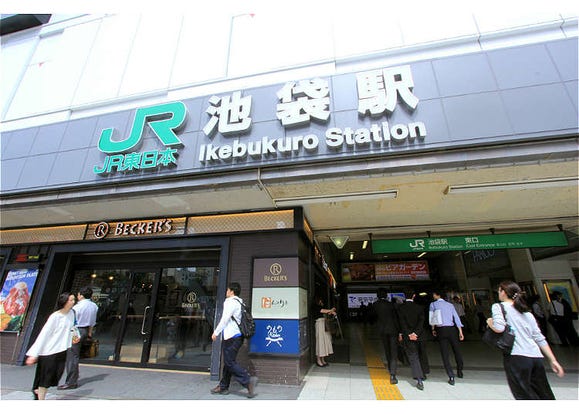
Essential Tokyo: The Complete Guide to Ikebukuro Station
-
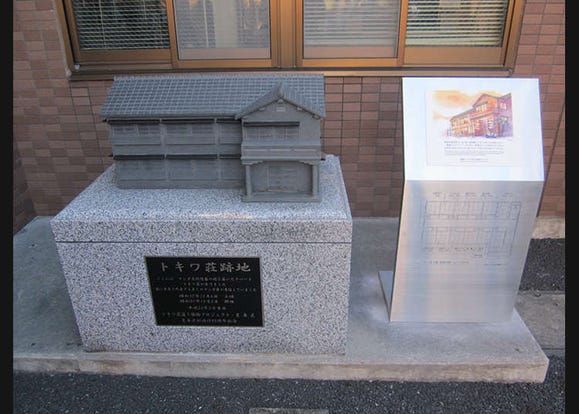
Why is Ikebukuro called "Manga Town"?
-
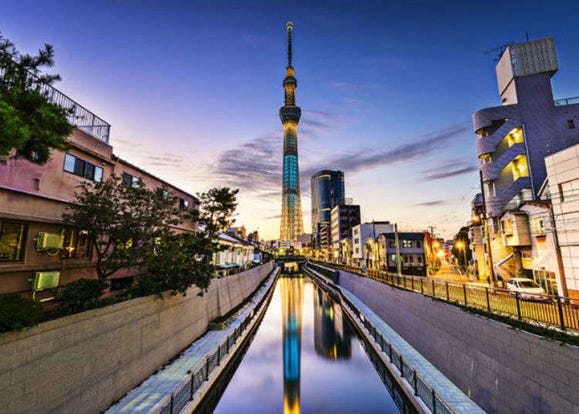
Tokyo Tower vs. Tokyo Skytree: Best Photo Spots for Your Instagram Shots!
- #best ramen tokyo
- #what to buy in ameyoko
- #what to bring to japan
- #new years in tokyo
- #best izakaya shinjuku
- #things to do tokyo
- #japanese nail trends
- #what to do in odaiba
- #onsen tattoo friendly tokyo
- #daiso
- #best sushi ginza
- #japanese convenience store snacks
- #best yakiniku shibuya
- #japanese fashion culture
- #best japanese soft drinks















